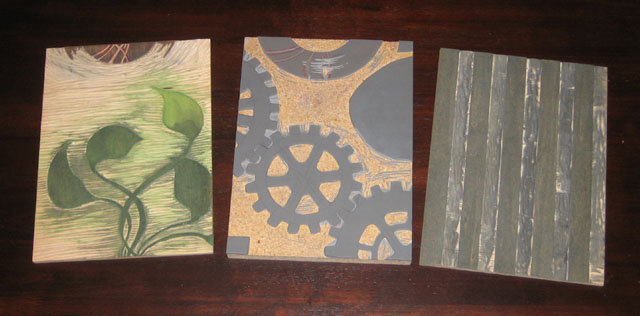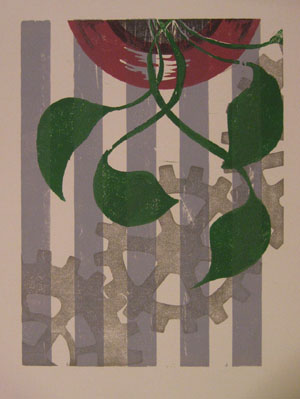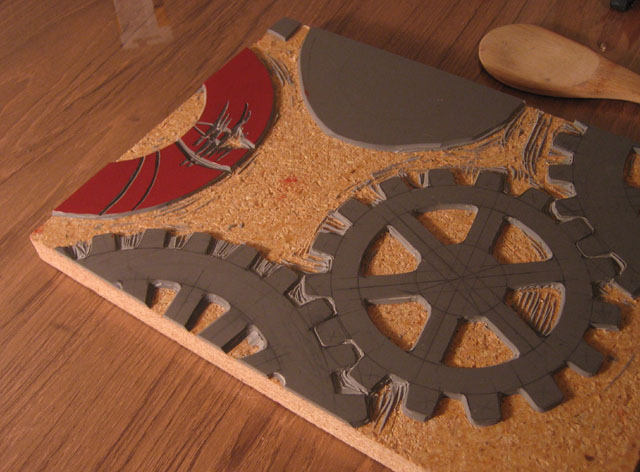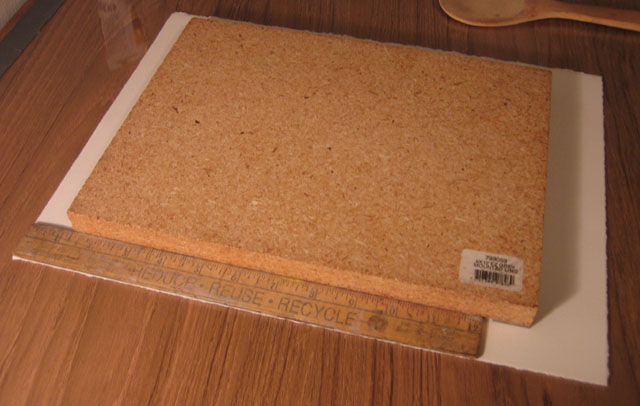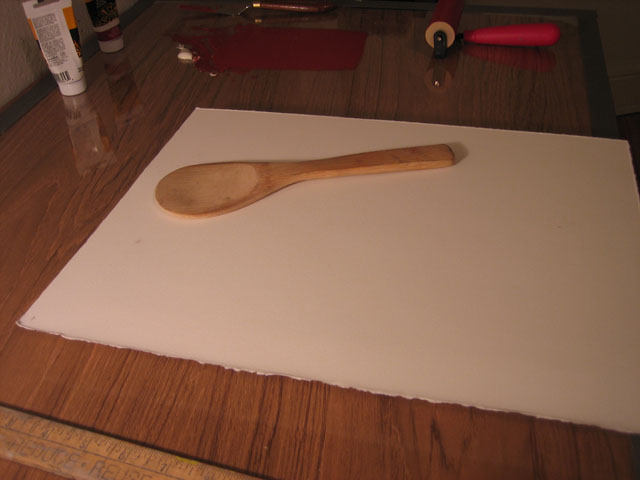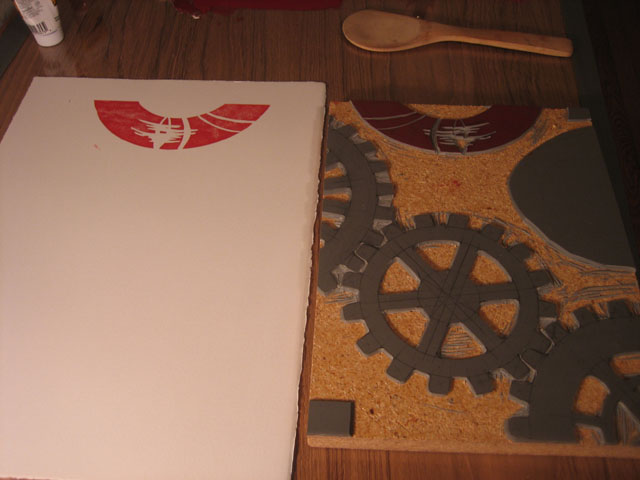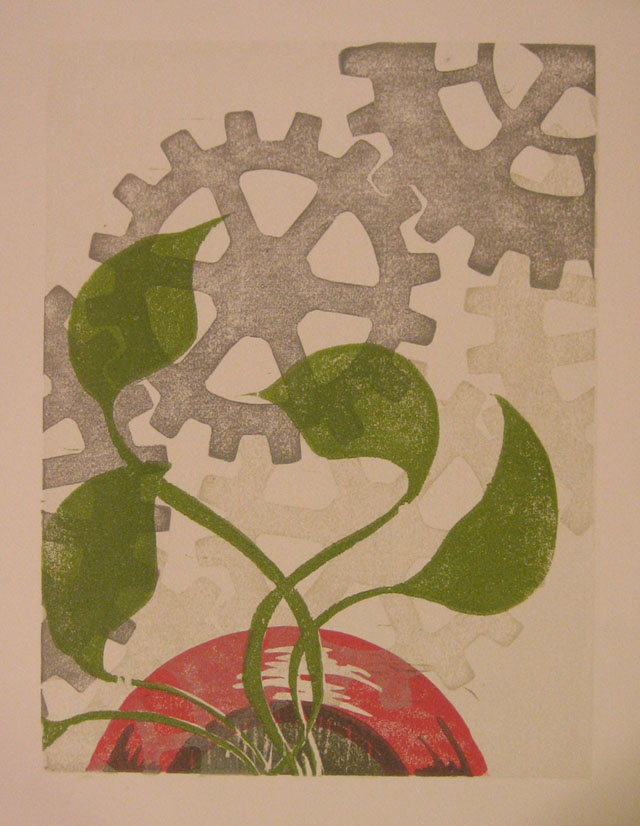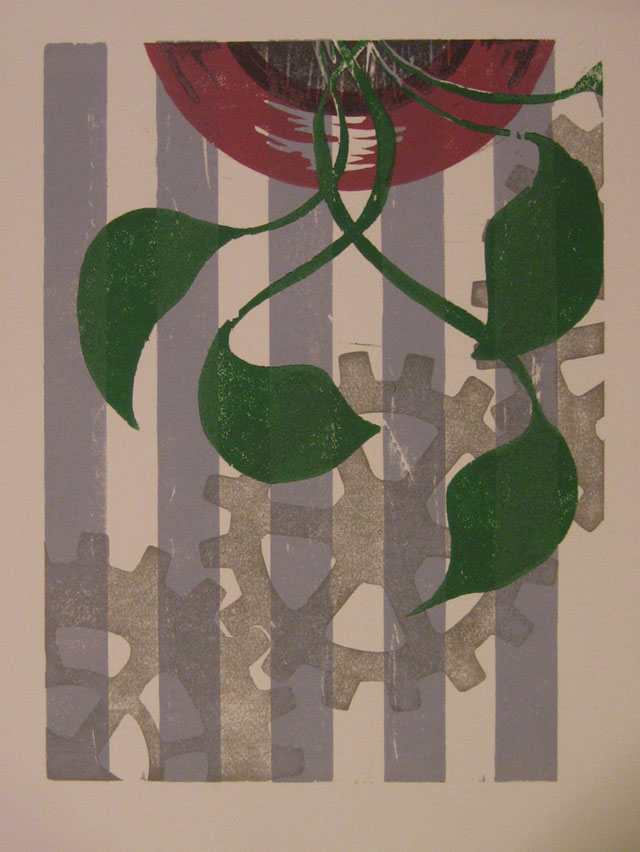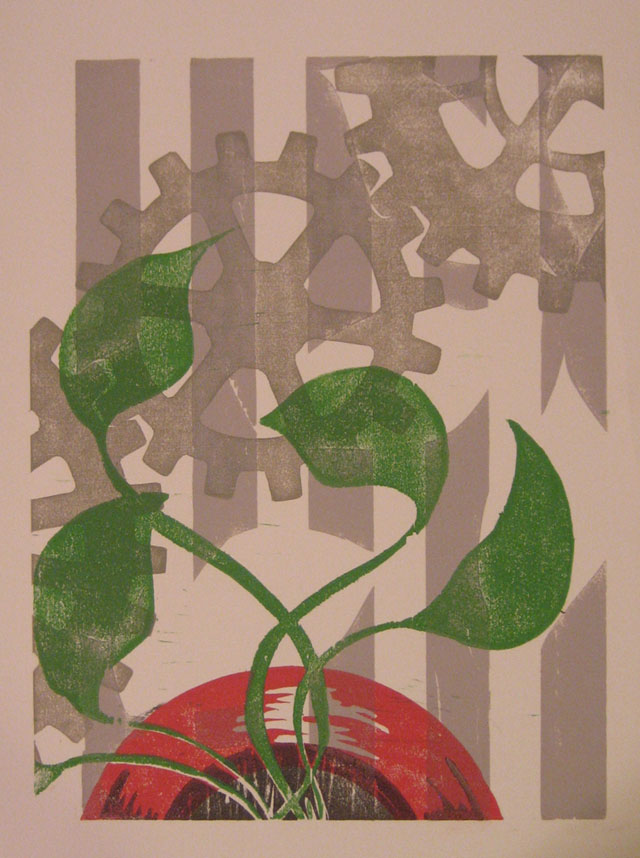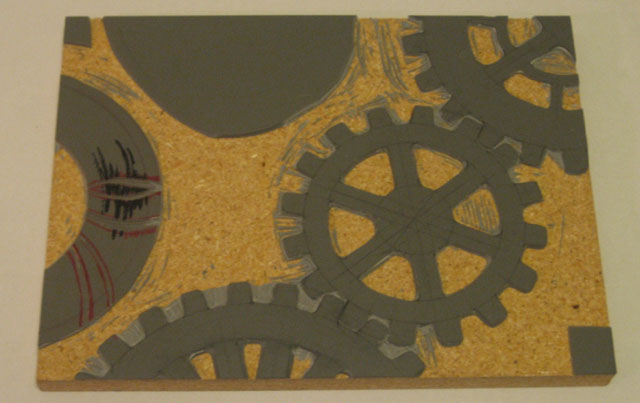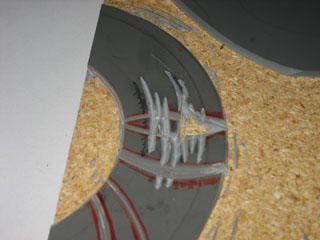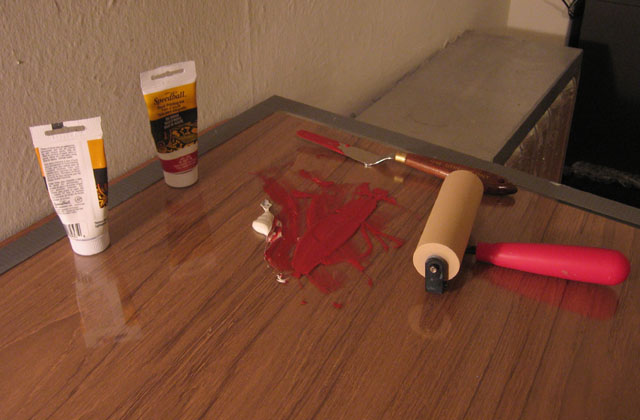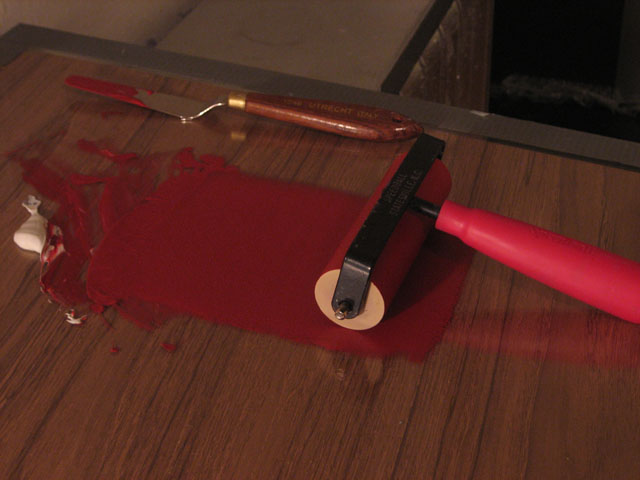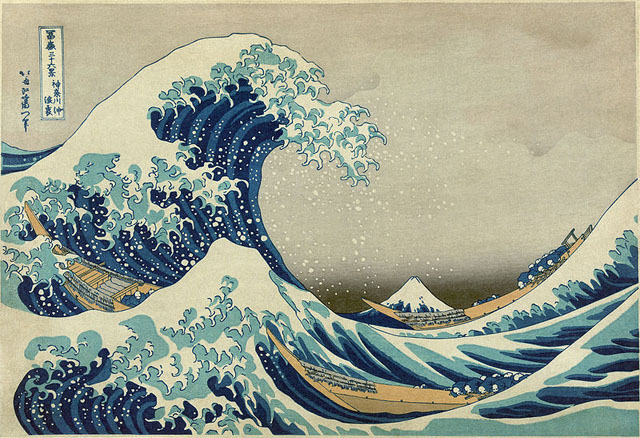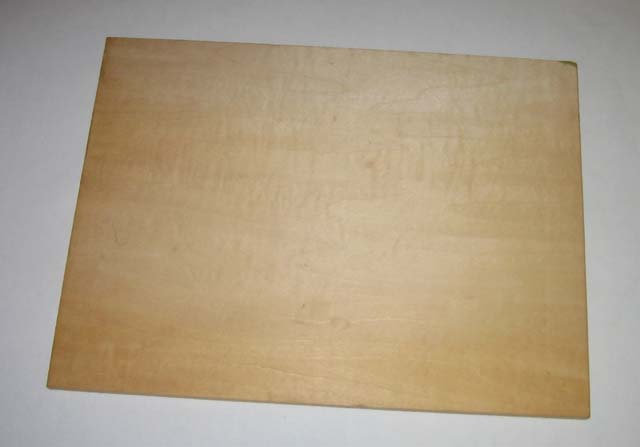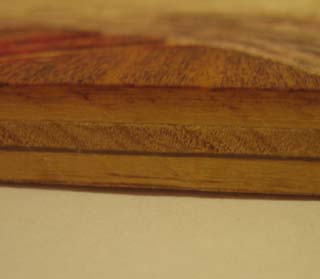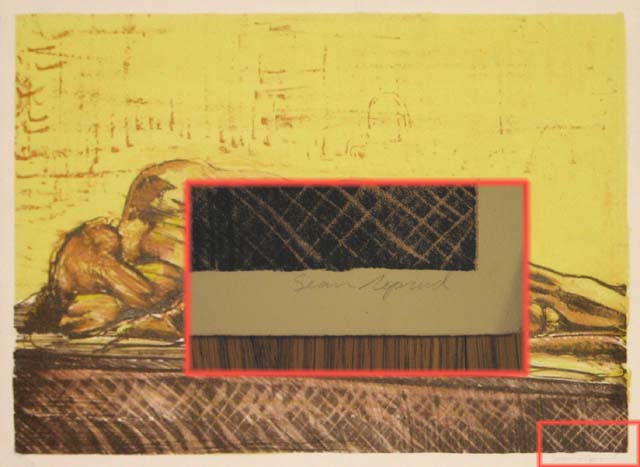Why don’t I just paint, or draw, or sculpt, or something like that?
It might be easier, and less time consuming. I might be able to whip out art much quicker. I wouldn’t have to explain the difference between printmade original art and industrial produced prints of art (ie. posters).
I love printmaking because the process of creating the print is so relevant to the final product. Of course, the process of every type of art impacts the final work of art that you make. How the paint is manipulated on the canvas decides how the painting will look, how the metal or clay is moved, welded and joined decides how the sculpture will look.
With painting, drawing, and sculpture, the work done has a direct impact on the final result. Printmaking is a little more indirect. The artist carves a block of wood, which is arguably where the talent to create an image comes into play, but then that block is printed, which is more of a technical process than an artistic one.
The process of transferring the ink from a printing plate or block to paper is very technical. It requires precision and proper methods.
Printmaking requires two sides of me: the artist and the engineer.
The artist in me creates the image, decides how it will look, carves the block, decides what colors should be used, and what feeling or thought I want to put into the finished art.
The engineer takes over to figure out how to mix the inks, how transparent the ink should be, how to line up the multiple blocks so that the print registers well, how much pressure is required to transfer the ink, and how much drying time is required before the next layer of ink is applied.
Both parts of this process interest me, and engage me. In order to make a print, I have to engage my creative side, as well as my technical side, and so I feel much more balanced when creating prints.
Printmaking engages these two sides to me like no other method does. Painting, and even drawing to a degree, are much more of a purely creative endeavor for me, and my paintings tend to be more emotionally charged than my prints, because painting does not require the same balance of my different ways of thinking like printmaking does.
This makes a little more sense knowing that by day, I am an engineer. I am registered as a Professional Mechanical Engineer in California, and spend my days designing water treatment and utility systems.
My job is all technical all the time, so I need art to create that balance in my life between those two poles. As a printmaker, both of those poles have to work together to create my final product.
That’s why printmaking is such good stuff.
